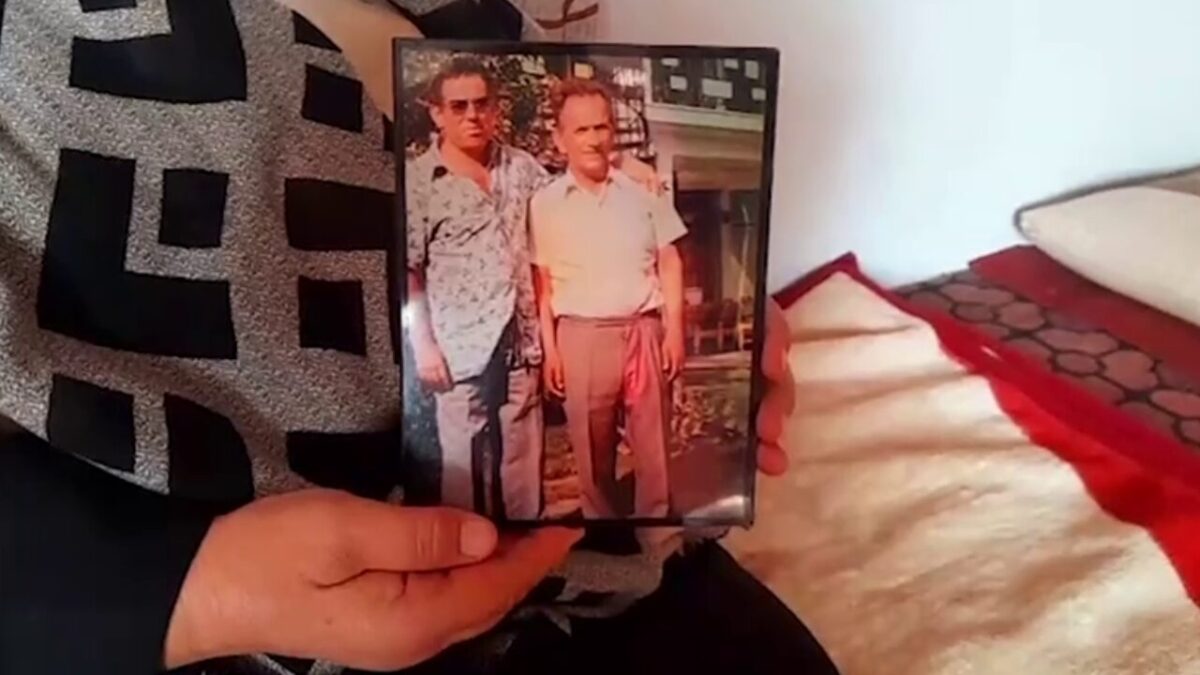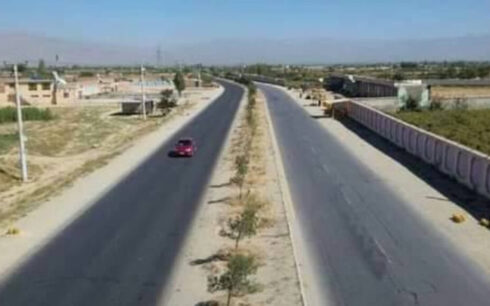A family from Farah province in western Afghanistan reports that two of its members are among those targeted in the Kalagan area along the Iran border.
Marzia, a Farah resident, said her father and brother are still missing days after the incident.
“My father and brother left last week, traveling with a large group of Afghan migrants heading towards Iran,” Marzia explained. She recounted how she learned they were part of the group that came under attack in Kalagan, in Iran’s Sistan and Baluchestan province.
“These are photos of my father and brother,” she said. “They wanted to migrate to Iran. It has been nearly a week, and there has been no news from them. We are very worried. God knows what their condition is,” Marzia added, expressing deep concern for their safety.
Eyewitnesses among the wounded from the incident have alleged that Iranian border guards opened fire on them, triggering widespread condemnation.

The United Nations Assistance Mission in Afghanistan (UNAMA) has called for a “thorough and transparent investigation” into the deaths of Afghan migrants in Iran. In a statement, UNAMA reminded all parties that the rights of migrants, refugees, and asylum seekers are protected under international law.
“UNAMA is deeply concerned about reports of an incident that took place on October 14-15 in Sistan, near the Kalagan border area,” the statement read. “It is alleged that a large group of Afghan migrants came under fire, resulting in multiple casualties.”
Amnesty International has also called for an immediate, independent investigation into reports of Afghan migrants being killed by Iranian border forces near the Iran-Pakistan border. The organization described the reports as “horrific.”
“This incident follows over two years of documented illegal use of force by Iran against Afghans seeking refuge after the Taliban’s takeover in August 2021,” Amnesty International stated. “These actions have resulted in unlawful killings and severe harm.”
The incident has spurred calls from Afghan citizens for accountability. Akmal, a resident of Kabul, urged both the United Nations and Afghanistan’s current government, led by the Taliban, to investigate the deaths. “We ask the United Nations and Afghan authorities to ensure that those responsible for the killing of Afghan migrants are brought to justice,” he said.
Civil society activist Hayeda Hadid echoed these demands. “Our appeal to the world, to the United Nations, and to those in charge is to pursue this matter and hold the perpetrators accountable,” she said. “We demand justice for the 250 Afghan citizens who reportedly lost their lives. The world should not remain silent.”
In response to the incident, the Taliban announced the formation of a high-level delegation to investigate the killings. Hamdullah Fitrat, a deputy spokesperson for the Taliban, said that Sadr Ibrahim, the Taliban’s Deputy Interior Minister, would lead the inquiry, supported by representatives from the Taliban’s Ministries of Defense, Foreign Affairs, Border Affairs, and Intelligence.
Local sources have highlighted that human trafficking networks often use the Saravan-Kalagan route to smuggle undocumented Afghan migrants into Iran. Despite multiple routes available, the Saravan-Kalagan path was chosen by this group on the recommendation of traffickers, ultimately leading to their tragic fate.
This path starts in Zaranj, the capital of Nimroz, and passes through Chahar Borjak district before reaching the village of Dak across the Durand Line. The journey to Kalagan typically takes 7 to 8 hours by car, with stretches on foot, followed by a two-day trek through Pakistan to Mashkel and then a ten-hour drive into Saravan in Iran.





